What Your Ears Say About You
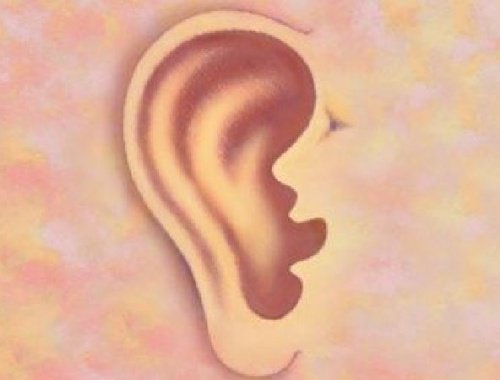
Your body parts can tell you much more about your body than you think. Your ears are no exception. Find out what your ears say about you – it might surprise you!
Identification
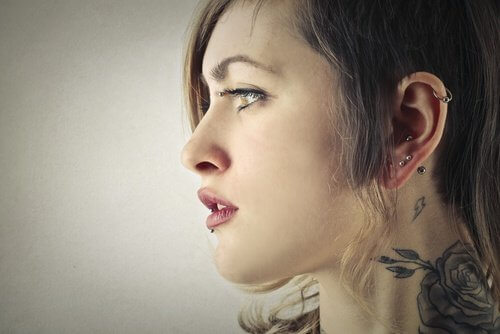
This is because they’re a part of your body that barely changes. Indeed, they only grow from the moment you’re born until you reach old age. As such, your ears can be useful in identifying you.
Genetic profile
Another thing you ears say about you is whether your genes are recessive or dominant.
If you have attached earlobes, this is a sign of recessive genes. On the contrary, if you have unattached earlobes, then you have dominant genes. Look at yours and find out.
Coronary disease
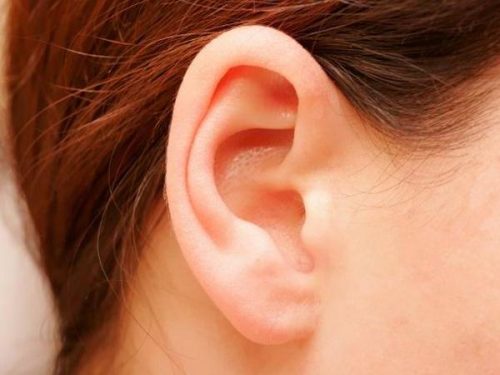
If your ears are like this, then it’s a good idea to get a checkup so that a physician can rule out any coronary disease.
Vitamin deficiency
If you have very pale ears, you may lack vitamins and calcium. You should pay close attention to this aspect of your ears since it could have health consequences.
Kidney problems
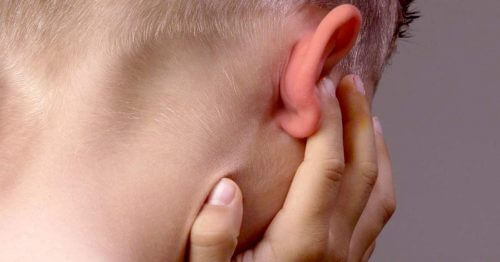
Don’t hesitate to go to the doctor if you see more evidence that points to this diagnosis.
Discover: 8 Early Signs of Renal Insufficiency
Bright red ears
If your ears are always bright red, it could be a sign of a brain condition.
More specifically, it could be a sign of impending memory loss, constant headaches, and brain problems. If your ears are also inflamed, you may have a chronic condition.
In this case, go to the doctor.
Read this article: What Does Ringing in the Ears Mean?
Reflexology
Reflexology is a therapy where you work with the nerve endings that connect with each area of the body.
In the ear, reflexology relates these points to the shape of a baby in a fetal position.
In this way, the points you should press are in relation to the baby’s body.
By doing so, you can help different health problems, both physical and emotional.
In addition, there are many stimulation points and you can learn to massage them to relieve issues like headaches.
The areas used on the ear are the most sensitive when receiving sensory stimuli such as heat, light, sound, electromagnetic sensations, and pressure. Thus, their stimuli produce reactions in the other organs of the body, depending on the point you’re working on.
Ear massage
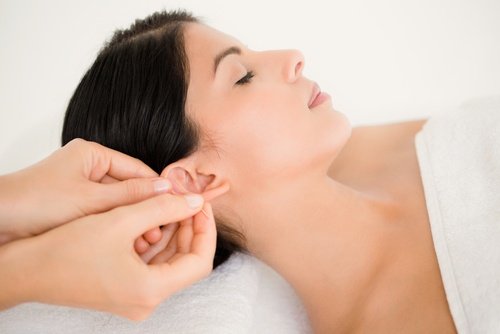
You can also use an eraser at the end of a pencil, matches, or small beads to add pressure.
It’s important to know that the pressure exerted on the area must increase little by little. That way, it can continue to be effective over time and as the treatment proceeds.
- For example, pressing the area on the ear that corresponds to the spleen can help to facilitate digestion.
- Pressing the point that relates to the lungs may help blood circulation and give you energy. Moreover, this point is used to alleviate respiratory system diseases such as asthma or edema caused by circulation disorders.
- Finally, by stimulating the point corresponding to the small intestine, you can treat diarrhea problems, poor gastrointestinal absorption, abdominal distension, and various discomfort.
In conclusion, there are many things your ears say about you. In addition, they help to alleviate certain ailments. All you need to do is identify and know which part of your body corresponds to each part of your ear.
Main image courtesy of © wikiHow.com
All cited sources were thoroughly reviewed by our team to ensure their quality, reliability, currency, and validity. The bibliography of this article was considered reliable and of academic or scientific accuracy.
- Kocaman, B., Kirci, M., G??ne, E. O., ??akir, Y., & O??zbudak, O. (2009). On ear biometrics. In IEEE EUROCON 2009, EUROCON 2009. https://doi.org/10.1109/EURCON.2009.5167651
- Rodríguez-Mansilla, J., Victoria González-López-Arza, M., Varela-Donoso, E., Montanero-Fernández, J., Jiménez-Palomares, M., & Garrido-Ardila, E. M. (2013). Ear therapy and massage therapy in elderly people with dementia a pilot study. Journal of Traditional Chinese Medicine. https://doi.org/10.1016/S0254-6272(13)60149-1
- Wang, R. Y., Earl, D. L., Ruder, R. O., & Graham Jr, J. M. (2001). Syndromic Ear Anomalies and Renal Ultrasounds. PEDIATRICS. https://doi.org/10.1542/peds.108.2.e32
- Edston, E. (2006). The earlobe crease, coronary artery disease, and sudden cardiac death: An autopsy study of 520 individuals. American Journal of Forensic Medicine and Pathology. https://doi.org/10.1097/01.paf.0000221067.73173.d7
This text is provided for informational purposes only and does not replace consultation with a professional. If in doubt, consult your specialist.








